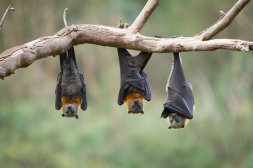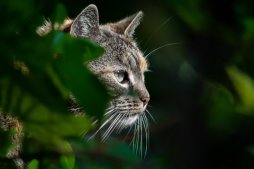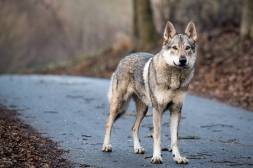Innovative Technologies Used in Tracking and Protecting the Amur Leopard

The Amur leopard is one of the rarest and most elusive big cats on the planet, with only a small number remaining in the wild. Efforts to save this endangered species have incorporated innovative technologies that enhance tracking, monitoring, and protection initiatives. This article explores these cutting-edge methods that conservationists use to ensure the survival of the Amur leopard.
Understanding the Challenges Facing the Amur Leopard
The Amur leopard inhabits dense forests in the Russian Far East and parts of China, facing threats like habitat loss, poaching, and prey depletion. Their elusive nature makes it difficult for researchers to monitor population numbers accurately. Protecting this species requires innovative strategies that overcome these obstacles while minimizing human impact on their environment.
Satellite GPS Collars for Precise Tracking
One of the primary tools used in conservation is satellite GPS collars fitted on individual leopards. These collars provide real-time data about their movements, territory size, and behavior patterns without disturbing them. This technology helps researchers identify critical habitats and migration corridors essential for maintaining healthy populations.
Camera Traps: Non-Invasive Monitoring Tools
Camera traps are another vital technology employed extensively in tracking Amur leopards. Strategically placed throughout their habitat, these motion-activated cameras capture images and videos when animals pass by. The non-invasive nature allows scientists to monitor population density, breeding activities, and interactions with other wildlife without direct contact.
Drones Enhancing Surveillance Capabilities
Drones equipped with infrared cameras are increasingly used to survey large forested areas quickly. They assist anti-poaching patrols by providing aerial views that reveal suspicious activities or habitat disturbances while minimizing human footprint in sensitive regions where leopards reside.
Genetic Analysis for Population Health Assessment
Collecting genetic material such as hair or scat samples enables researchers to analyze genetic diversity within populations—a key factor influencing long-term survival prospects. Advanced laboratory techniques help identify relatedness among individuals which informs breeding programs in captivity as well as guides reintroduction efforts into wild habitats.
Together, these innovative technologies form a comprehensive approach to protecting the Amur leopard from extinction. By combining real-time tracking with non-invasive monitoring methods and advanced genetic research, conservationists can make informed decisions that enhance preservation outcomes for this magnificent species.
This text was generated using a large language model, and select text has been reviewed and moderated for purposes such as readability.











